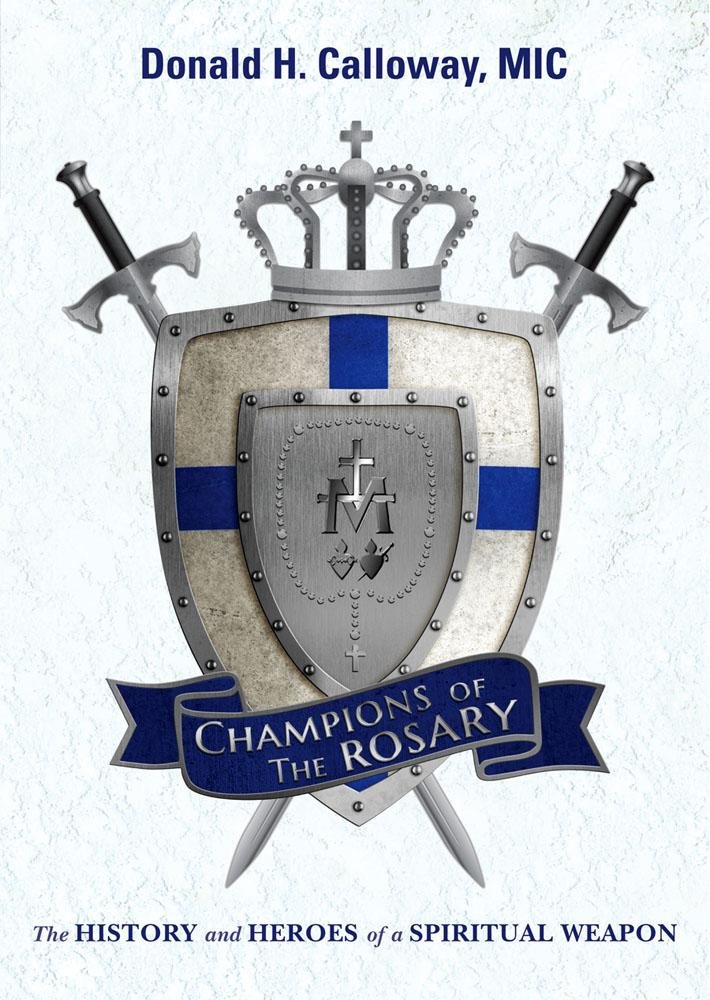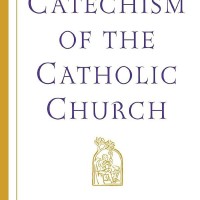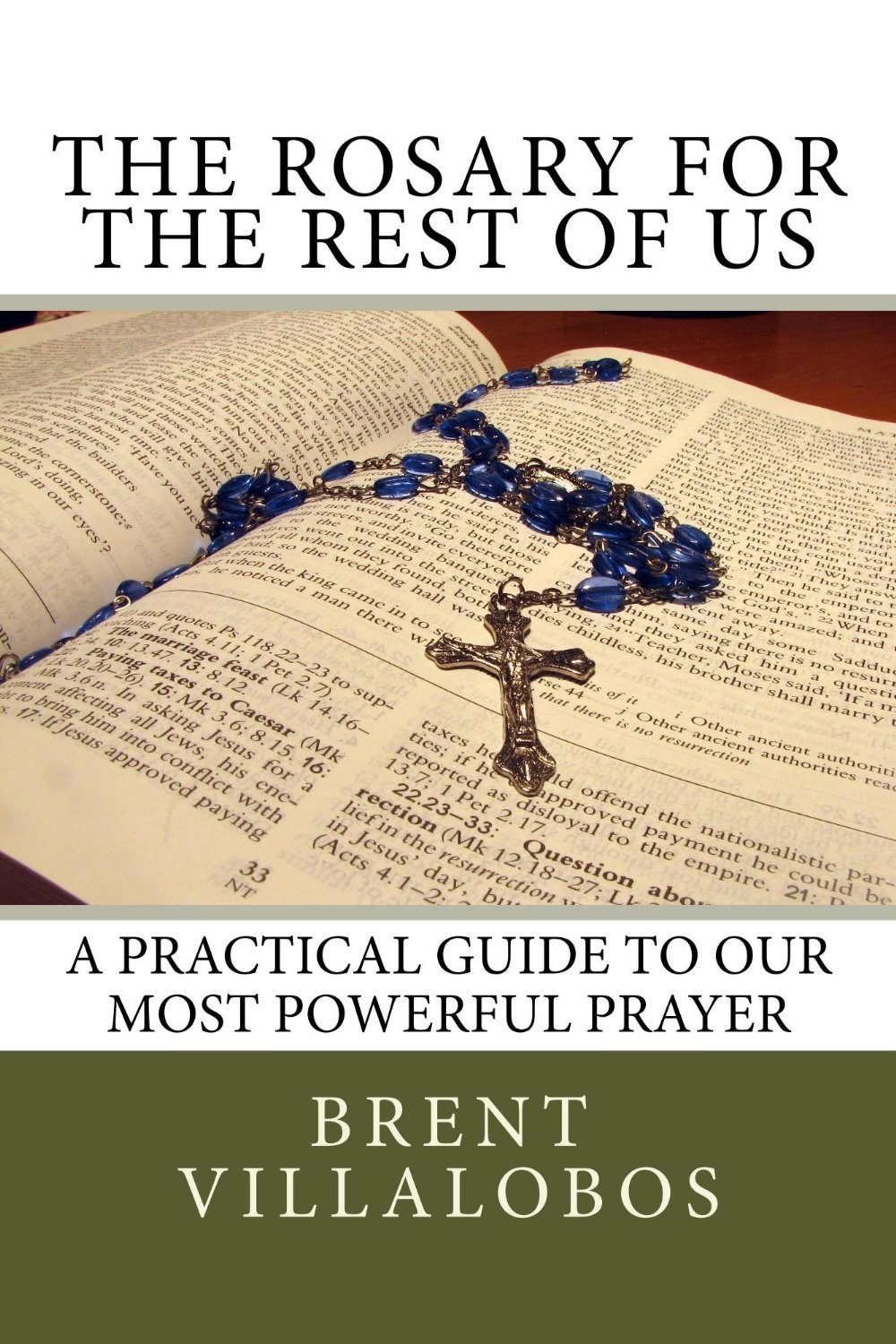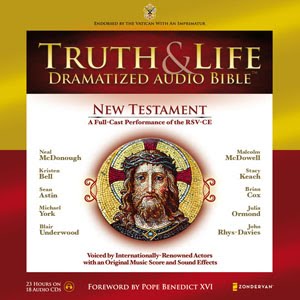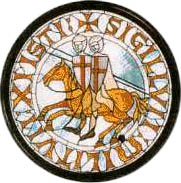There are so many distractions in our world that it is becoming increasingly harder to carve out time for earnest prayer. Although I know the benefits of prayer, I often find ways to avoid it. It’s like knowing that exercise, sleep, and a healthy diet will lead to a good life but we don’t always want to put in the effort. So we instead pick up some fast food and binge watch something on Netflix.
Probably the single largest distraction and source of mental junk food is the smartphone. It has all sorts of apps trying to get our attention all day long. I get notified by Duolingo that I haven’t done my Polish language training for the day. My sudoku app reminds me that there is a new puzzle. My journaling app tells me it’s been a while since I’ve written something. It’s so easy to cram my day with all these little apps that it doesn’t leave room for prayer.
I recently finished reading Digital Minimalism by Cal Newport. It is a great read for anyone needing to declutter their day from all the mindless distractions offered through our phones. Some of the better chapters talk about the value of solitude or finding ways to have higher quality interactions with family and friends. Even if you’re already pretty good about your phone usage, give this book a read as I’m sure you’ll learn even more ways to keep your phone usage in check.
Why do I bring up Digital Minimalism on my RosaryMeds site? I think many of us find our phones chewing into our prayer life. Because God isn’t pinging us on our phones telling us He hasn’t heard from us, we forget to pray. Or, prayer just becomes another todo item alongside our daily Elevate lesson. But prayer needs to be more than just something to cram into our day. Prayer needs to be the foundation for our day. Our relationship with God and having His grace is what will sustain us, not how many people liked our post on Facebook.
After finishing Digital Minimalism, I’m trying to be much more deliberate in what I do. I put my phone away when I’m eating with my family. I also put it away when I’m playing with my kids. I’m working on my phone not being filler to my day. Because once you pick it up to check an app or website quickly, you often find yourself wasting minutes or hours mindlessly clicking links and watching movies. I don’t want to be a slave to my phone.
If I do have a few minutes of downtime, I’m going to do what people did not too long ago — just be alone with my thoughts. It’s okay to not always be doing something. Our brains need that break from being constantly connected. I find that when I’m alone with my thoughts, prayer often follows. That turns low-quality swiping into high-quality communication with our #1 fan, God.
In short, whatever you do throughout the day, do it deliberately. Don’t sort of be present at the breakfast table, but fully present. Don’t sort of talk to people, but actually have a conversation. And don’t rush through prayers, but say them with focus. That is why I wake up at 6 am now, don’t touch my phone, and launch straight into Rosary prayer. Whatever messages and emails that came through the night can wait 30 minutes. If I want a good day, then I have to start it correctly.
What about you? Do you want your day to go well? If so, how are you starting it? Is it checking in with God through the Rosary or checking your Twitter feeds?




